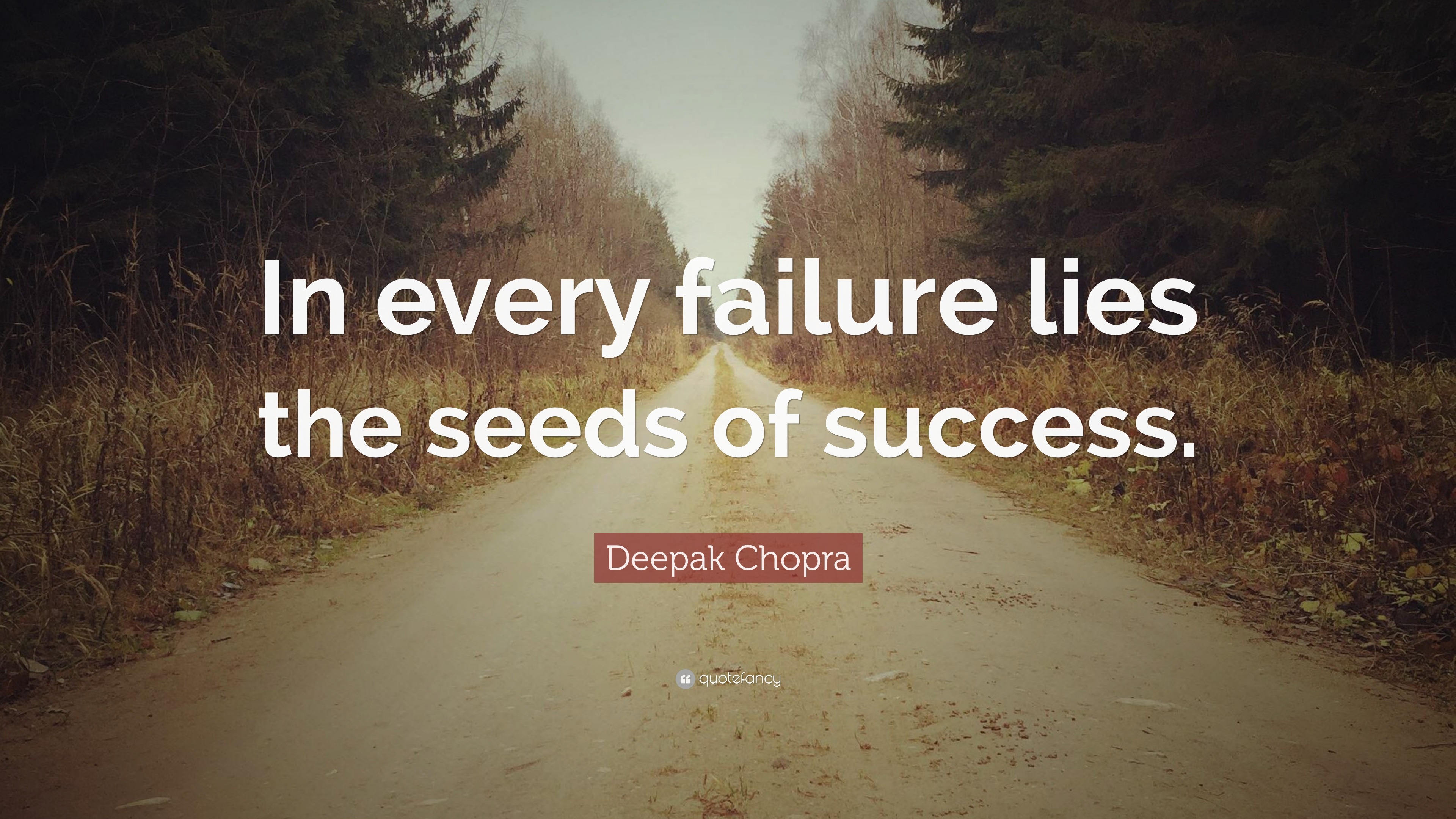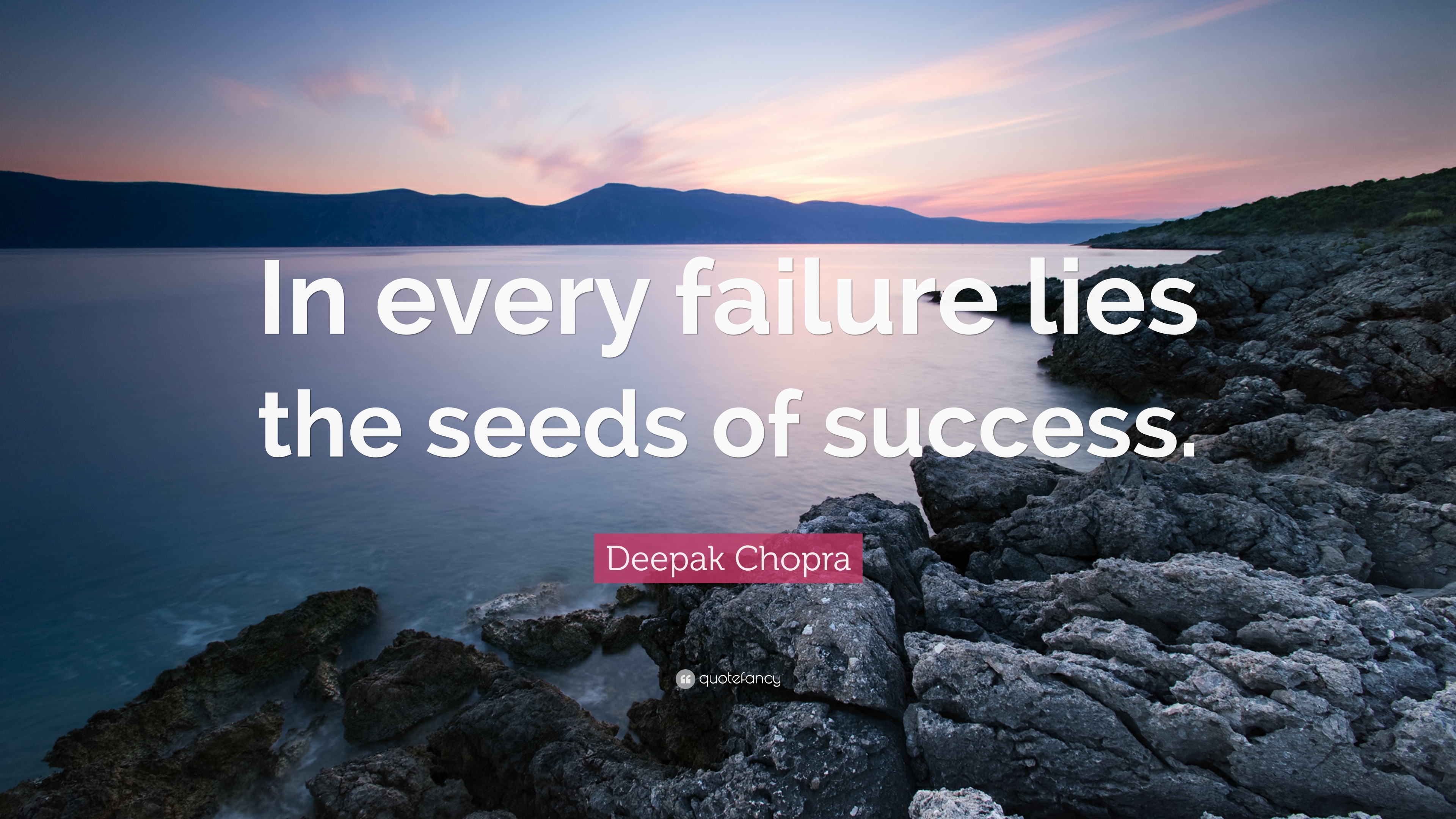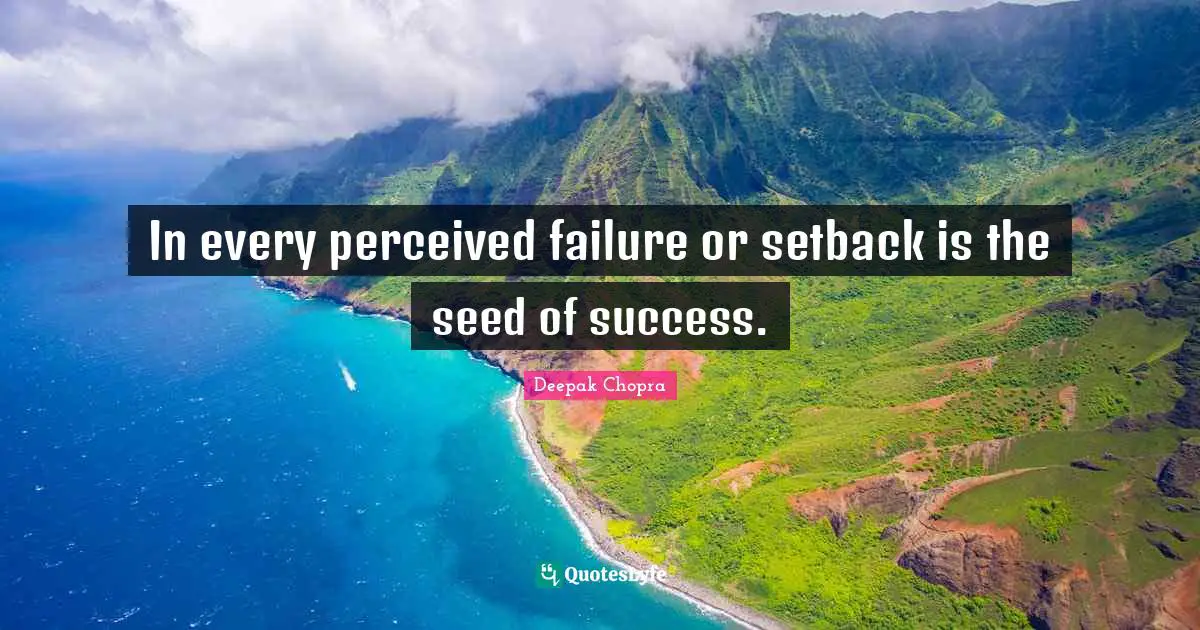In Every Failure Is The Seeds Of Success

The sting of defeat, the frustration of unmet goals, the gnawing self-doubt – these are experiences universally dreaded, often marking a perceived end rather than a beginning. But beneath the surface of every setback lies a potent force, a catalyst for growth that, when harnessed correctly, can propel individuals and organizations toward unprecedented success. Increasingly, experts are emphasizing that failure isn't an endpoint, but rather a crucial stepping stone on the path to achievement.
This article will explore the emerging understanding of failure as a valuable learning tool, not a definitive judgment. It will delve into the psychological and strategic shifts required to embrace setbacks, extract actionable insights, and ultimately, cultivate resilience and innovation.
The Psychology of Embracing Failure
The way we perceive failure is deeply rooted in our psychology. According to Carol Dweck, a Stanford University psychologist, individuals with a "fixed mindset" believe that their abilities are innate and unchangeable. This often leads to a fear of failure, as it is seen as a reflection of inherent limitations.
In contrast, those with a "growth mindset" view failures as opportunities to learn and improve. They understand that effort, perseverance, and strategic adaptation are key to unlocking their potential.
Shifting from a fixed to a growth mindset is crucial for harnessing the potential of failure. It involves reframing setbacks as temporary and specific challenges, rather than personal and permanent indictments.
Extracting Lessons from Setbacks
Simply experiencing failure is not enough; the real value lies in extracting actionable insights. This requires a systematic approach to analyzing what went wrong and identifying areas for improvement. Post-mortem analysis, a common practice in the tech industry, provides a structured framework for dissecting failures.
According to a study by Harvard Business School, organizations that encourage open and honest discussions about failures are more likely to learn from them. This involves creating a culture where mistakes are seen as learning opportunities, not grounds for blame or punishment.
By analyzing data, gathering feedback, and reflecting on past experiences, individuals and organizations can identify patterns and implement changes to prevent future failures. This iterative process of experimentation, failure, and learning is essential for continuous improvement.
Building Resilience Through Adversity
The ability to bounce back from setbacks is a critical component of success. Resilience is not simply about enduring hardship; it's about adapting and growing in the face of adversity. Angela Duckworth, a professor at the University of Pennsylvania, emphasizes the importance of grit – a combination of passion and perseverance – in achieving long-term goals.
Resilient individuals view failures as temporary setbacks, not permanent defeats. They maintain a positive outlook, seek support from others, and focus on what they can control.
Building resilience requires a conscious effort to develop coping mechanisms and cultivate a strong sense of self-efficacy. This involves setting realistic goals, celebrating small victories, and learning from past experiences.
Failure and Innovation
Many groundbreaking innovations have emerged from initial failures. The development of the post-it note, for example, was the result of a failed attempt to create a super-strong adhesive. As 3M scientist Spencer Silver discovered, sometimes the most valuable discoveries come from unexpected places.
Companies that embrace a culture of experimentation and calculated risk-taking are more likely to foster innovation. This involves providing employees with the freedom to explore new ideas, even if they might fail.
The key is to create a safe space for experimentation, where failures are seen as valuable learning opportunities, not career-ending mistakes. This encourages employees to think outside the box, challenge conventional wisdom, and ultimately, drive innovation.
The Role of Leadership
Leaders play a crucial role in shaping the organizational culture around failure. They must model vulnerability, openly acknowledge their own mistakes, and encourage others to do the same.
According to a study by Gallup, employees who feel supported by their leaders are more likely to take risks and embrace challenges. This requires creating a culture of trust and psychological safety, where employees feel comfortable sharing their failures without fear of reprisal.
By fostering a culture of learning and continuous improvement, leaders can empower their teams to embrace failure as a catalyst for growth.
Looking Ahead: Cultivating a Failure-Positive Culture
The shift towards embracing failure as a learning opportunity is gaining momentum across various sectors. From education to business, individuals and organizations are recognizing the importance of cultivating a "failure-positive" culture. This involves reframing setbacks as valuable learning experiences, fostering resilience, and encouraging innovation.
Ultimately, the ability to learn from failure is a critical skill for success in an ever-changing world. By embracing setbacks, extracting actionable insights, and cultivating resilience, individuals and organizations can unlock their full potential and achieve unprecedented levels of success.
The seeds of success are indeed sown in the fertile ground of failure, waiting to be cultivated with perseverance and a growth-oriented mindset.


















